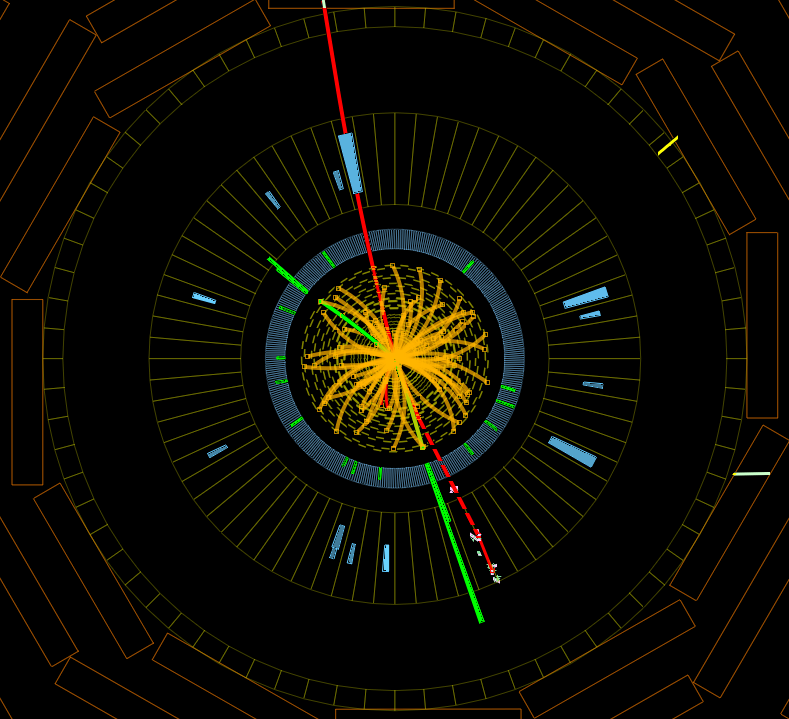The ATLAS and CMS collaborations today submitted papers to the journal Physics Letters B outlining the latest on their searches for the Higgs boson. The teams report even stronger evidence for the presence of a new Higgs-like particle than announced on 4 July.
On 4 July the experiments reported indications for the presence of a new particle, which could be the Higgs boson, in the mass region around 126 gigaelectronvolts (GeV). Both ATLAS and CMS gave the level of significance of the result as 5 sigma. On the scale that particle physicists use to describe the certainty of a discovery, one sigma means the results could be random fluctuations in the data, 3 sigma counts as an observation and a 5-sigma result is a discovery.
The CMS results reported today reach a significance of 5.8 sigma, and the ATLAS team's results – from analyses of events where the Higgs decays into two W bosons – reach 5.9 sigma. The value corresponds to a one-in-550 million chance that in the absence of a Higgs such a signal would be recorded.

